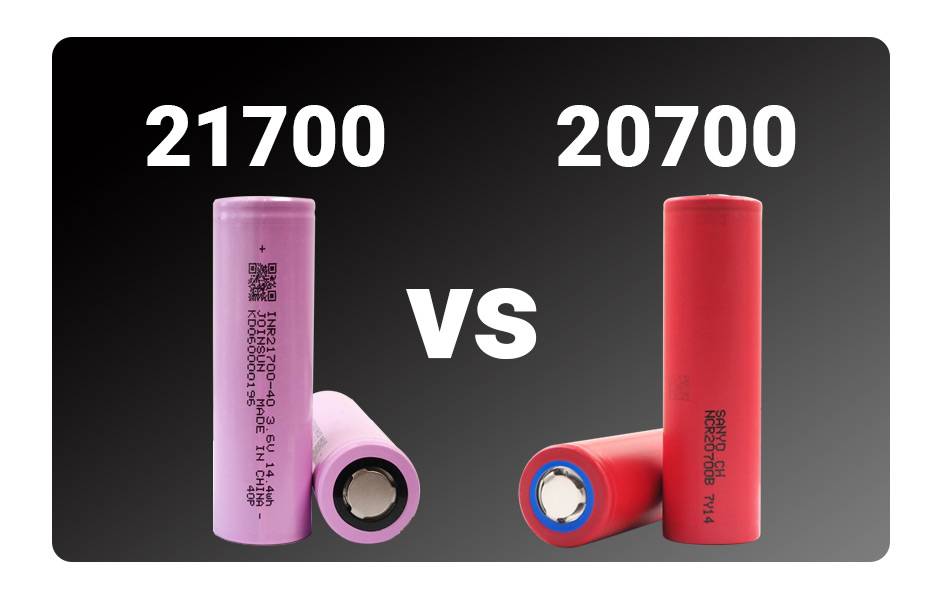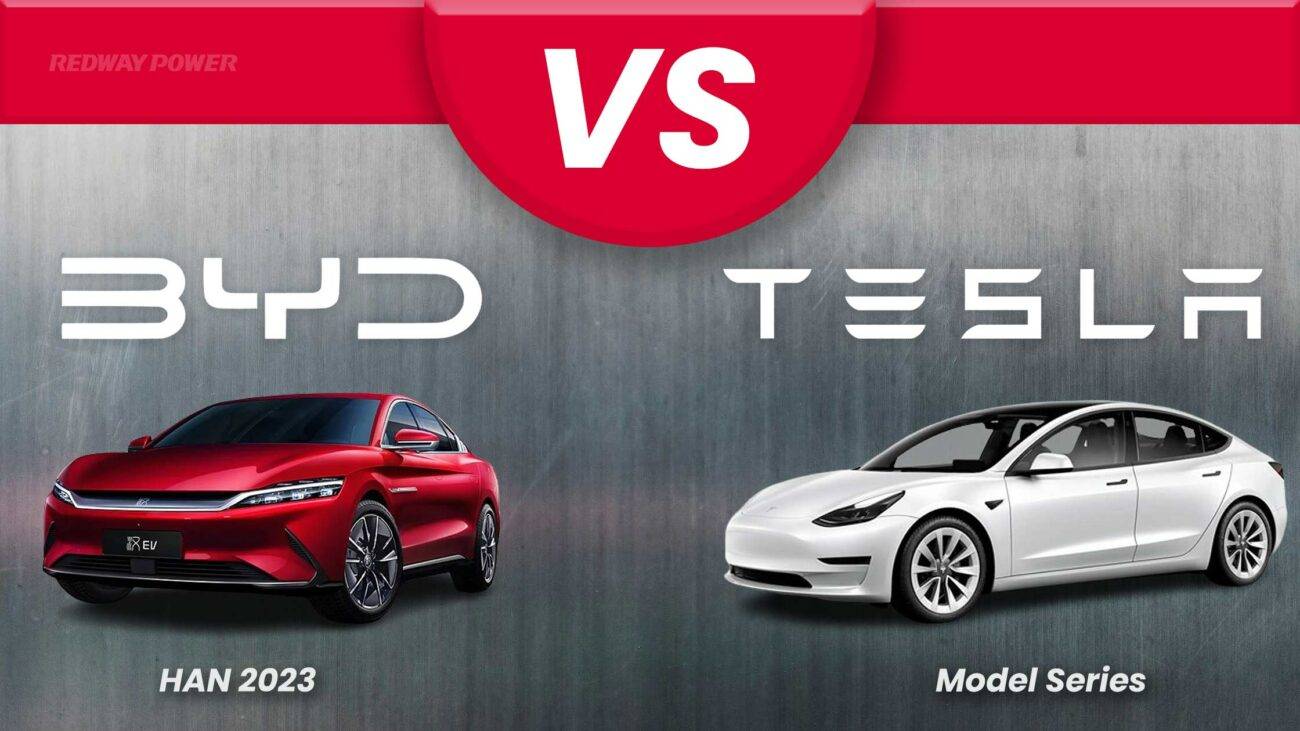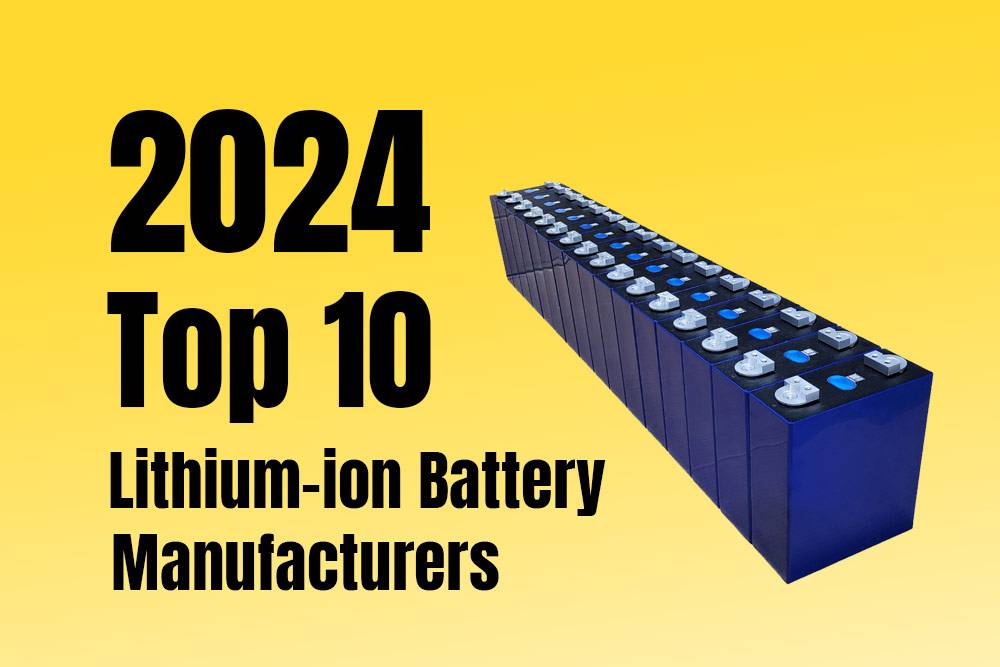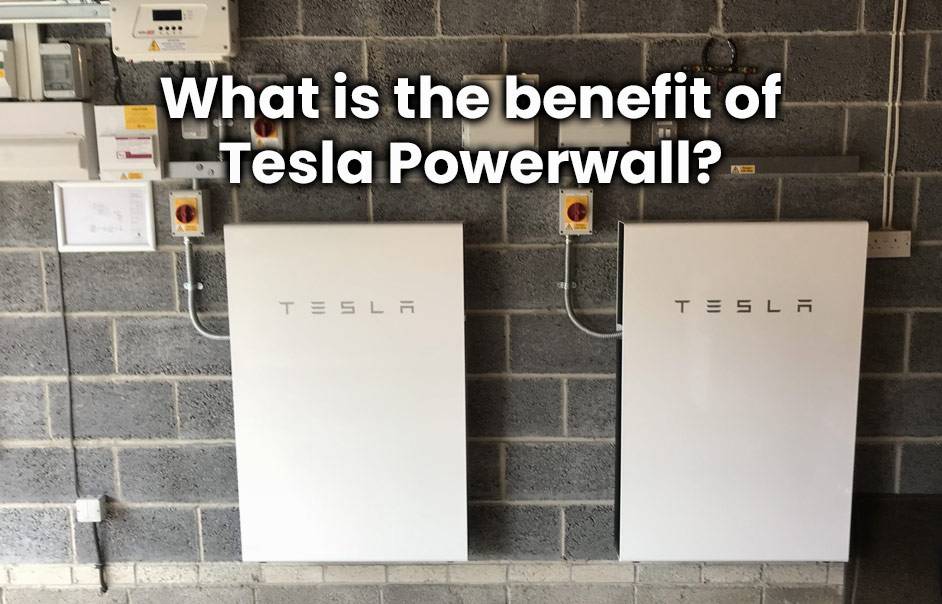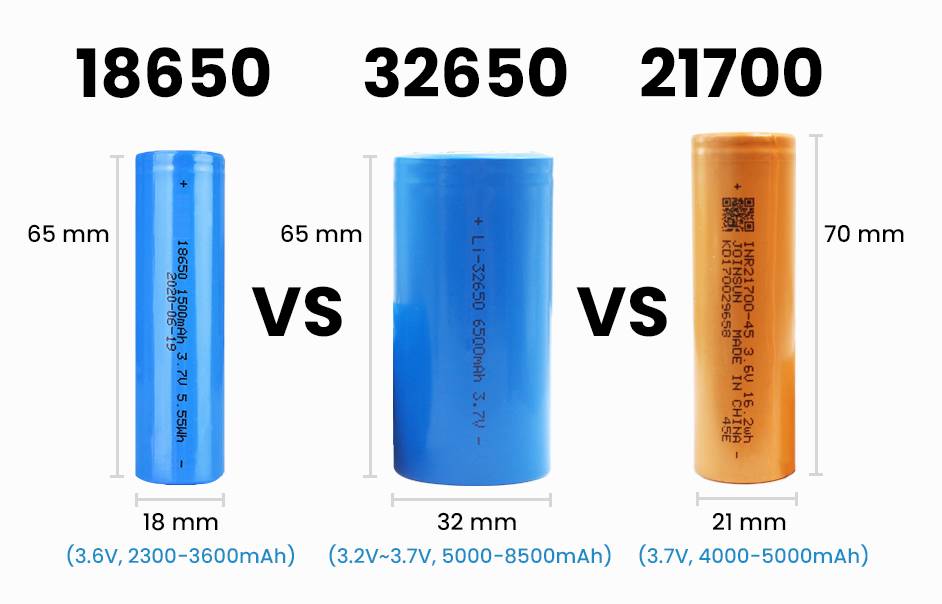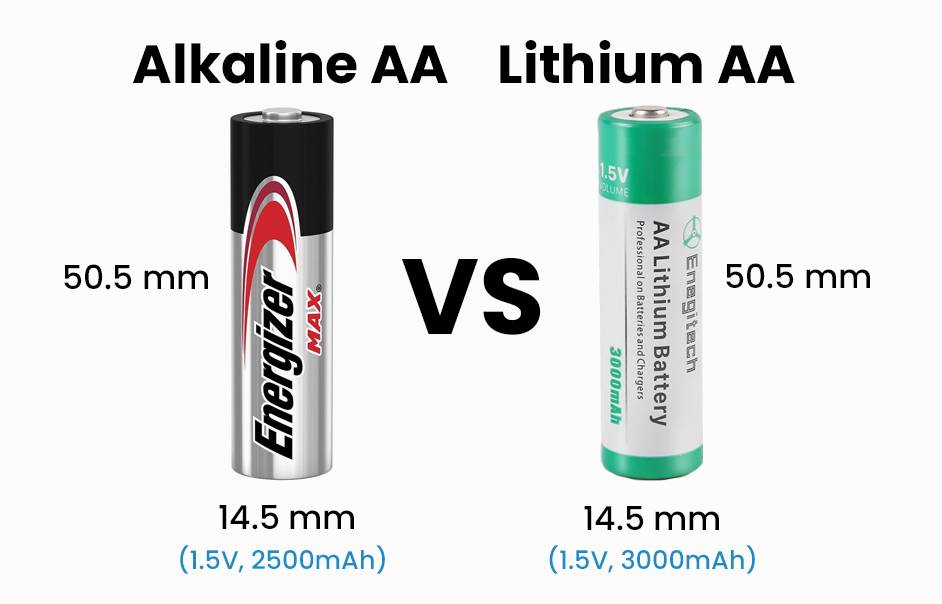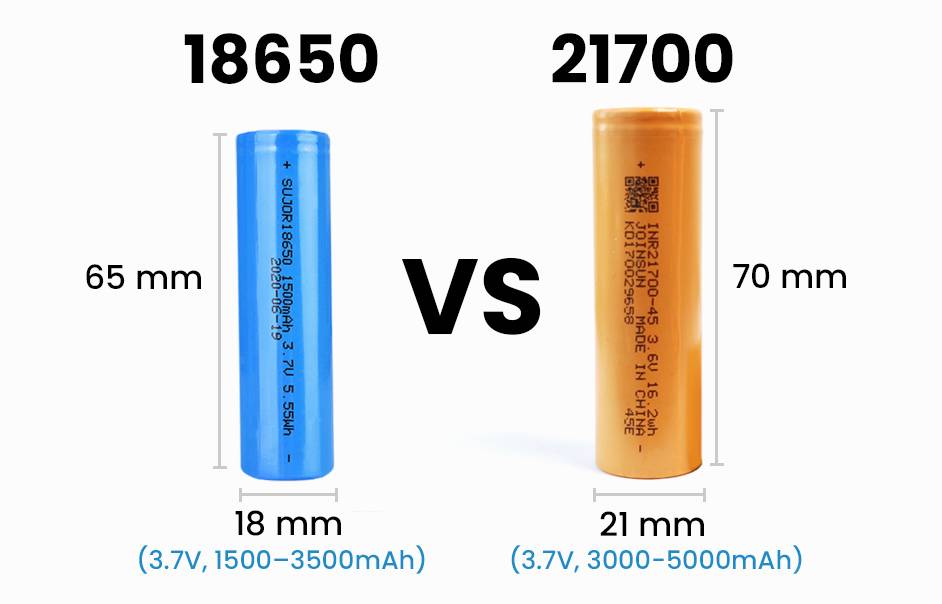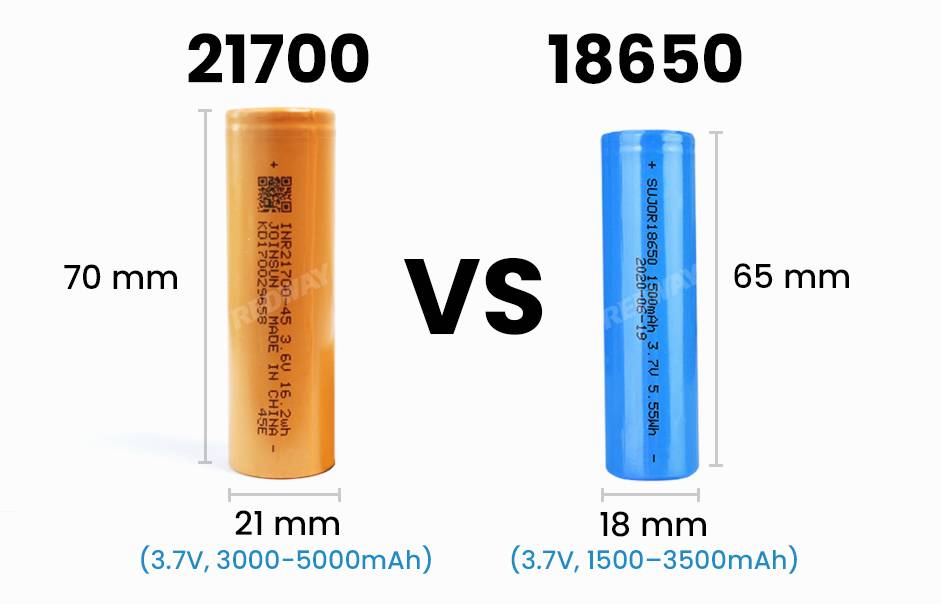- Forklift Lithium Battery
-
48V
- 48V 210Ah
- 48V 300Ah
- 48V 420Ah (949 x 349 x 569 mm)
- 48V 420Ah (950 x 421 x 450 mm)
- 48V 456Ah
- 48V 460Ah (830 x 630 x 590 mm)
- 48V 460Ah (950 x 421 x 450 mm)
- 48V 460Ah (800 x 630 x 600 mm)
- 48V 460Ah (820 x 660 x 470 mm)
- 48V 500Ah
- 48V 560Ah (810 x 630 x 600 mm)
- 48V 560Ah (950 x 592 x 450 mm)
- 48V 600Ah
- 48V 630Ah
-
48V
- Lithium Golf Cart Battery
- 12V Lithium Battery
12V 150Ah Lithium RV Battery
Bluetooth App | BCI Group 31
LiFePO4 Lithium
Discharge Temperature -20°C ~ 65°C
Fast Charger 14.6V 50A
Solar MPPT Charging - 24V Lithium Battery
- 36V Lithium Battery
- 48V Lithium Battery
-
48V LiFePO4 Battery
- 48V 50Ah
- 48V 50Ah (for Golf Carts)
- 48V 60Ah (8D)
- 48V 100Ah (8D)
- 48V 100Ah
- 48V 100Ah (Discharge 100A for Golf Carts)
- 48V 100Ah (Discharge 150A for Golf Carts)
- 48V 100Ah (Discharge 200A for Golf Carts)
- 48V 150Ah (for Golf Carts)
- 48V 160Ah (Discharge 100A for Golf Carts)
- 48V 160Ah (Discharge 160A for Golf Carts)
-
48V LiFePO4 Battery
- 60V Lithium Battery
-
60V LiFePO4 Battery
- 60V 20Ah
- 60V 30Ah
- 60V 50Ah
- 60V 50Ah (Small Size / Side Terminal)
- 60V 100Ah (for Electric Motocycle, Electric Scooter, LSV, AGV)
- 60V 100Ah (for Forklift, AGV, Electric Scooter, Sweeper)
- 60V 150Ah (E-Motocycle / E-Scooter / E-Tricycle / Tour LSV)
- 60V 200Ah (for Forklift, AGV, Electric Scooter, Sweeper)
-
60V LiFePO4 Battery
- 72V~96V Lithium Battery
- Rack-mounted Lithium Battery
- E-Bike Battery
- All-in-One Home-ESS
- Wall-mount Battery ESS
-
Home-ESS Lithium Battery PowerWall
- 24V 100Ah 2.4kWh PW24100-S PowerWall
- 48V 50Ah 2.4kWh PW4850-S PowerWall
- 48V 50Ah 2.56kWh PW5150-S PowerWall
- 48V 100Ah 5.12kWh PW51100-F PowerWall (IP65)
- 48V 100Ah 5.12kWh PW51100-S PowerWall
- 48V 100Ah 5.12kWh PW51100-H PowerWall
- 48V 200Ah 10kWh PW51200-H PowerWall
- 48V 300Ah 15kWh PW51300-H PowerWall
PowerWall 51.2V 100Ah LiFePO4 Lithium Battery
Highly popular in Asia and Eastern Europe.
CE Certification | Home-ESS -
Home-ESS Lithium Battery PowerWall
- Portable Power Stations
21700 vs 20700 Battery, All You Need to Know
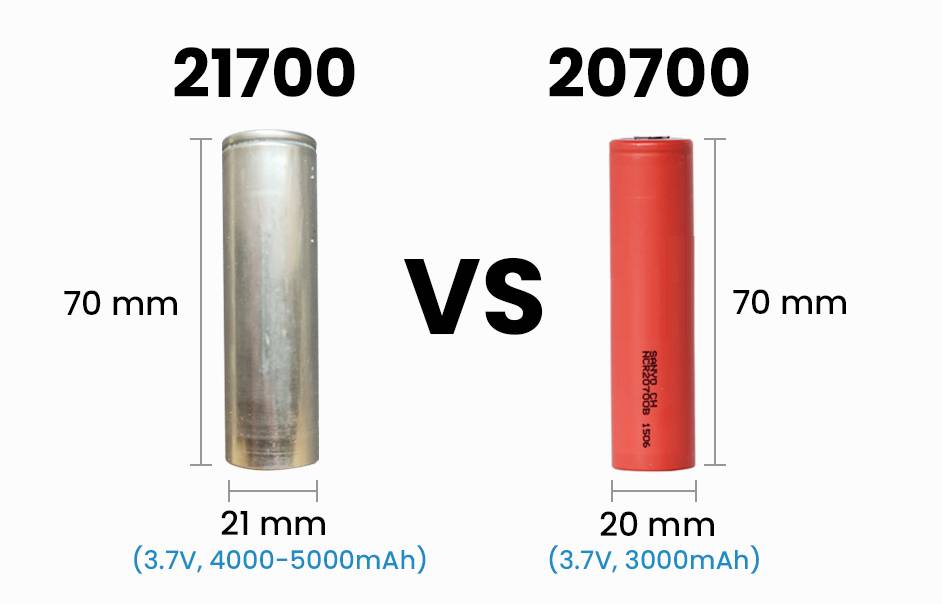
The comparison between the 21700 and 20700 batteries highlights their differences in size, capacity, and application suitability. While both battery types are popular in various industries, understanding their specifications can help users select the right battery for their needs.
What Are 21700 and 20700 Batteries?
The 21700 and 20700 batteries are cylindrical lithium-ion batteries commonly used in electric vehicles, power tools, and portable electronics. The numbers in their names represent their dimensions: the 21700 battery has a diameter of 21mm and a length of 70mm, while the 20700 battery has a diameter of 20mm and the same length.
What Are the Dimensions of 21700 and 20700 Batteries?
The dimensions of these batteries are crucial for compatibility with devices:
| Battery Type | Diameter | Length |
|---|---|---|
| 21700 | 21mm | 70mm |
| 20700 | 20mm | 70mm |
This slight difference in diameter allows the 21700 battery to store more energy due to its larger volume.
How Do the Capacities of 21700 and 20700 Batteries Compare?
In terms of capacity, the 21700 battery typically offers a higher range than the 20700:
- Capacity Range for 21700: Usually between 4000mAh to 5000mAh.
- Capacity Range for 20700: Typically around 3000mAh to 4000mAh.
This difference means that devices using 21700 batteries can run longer between charges compared to those using 20700 batteries.
What Are the Advantages of Using 21700 Batteries?
The primary advantages of using 21700 batteries include:
- Higher Capacity: More energy storage translates to longer runtimes.
- Better Performance in High-Drain Applications: Ideal for devices requiring significant power output.
- Improved Thermal Management: The larger size helps dissipate heat more effectively during operation.
How Do 21700 and 20700 Batteries Perform in High-Drain Applications?
Both battery types excel in high-drain applications, but the 21700 battery generally outperforms:
- The higher capacity allows for sustained power delivery without significant voltage drop.
- Common applications include electric vehicles, high-performance power tools, and advanced consumer electronics.
What Is the Energy Density of 21700 vs. 20700 Batteries?
Energy density is a critical factor when comparing these batteries:
- The energy density of 21700 batteries typically ranges from 250 Wh/kg to over 300 Wh/kg, depending on specific chemistry.
- The energy density of 20700 batteries is slightly lower, generally around 200 Wh/kg to 250 Wh/kg.
This higher energy density in 21700 batteries makes them more suitable for applications where weight and space are critical considerations.
When Should You Choose a 21700 Over a 20700 Battery?
Consider choosing a 21700 battery when:
- Your application requires longer runtimes or higher power output.
- Space is not a constraint, allowing for slightly larger battery dimensions.
- You need improved thermal management during high-drain operations.
Conversely, if you require a compact solution with adequate performance for less demanding applications, a 20700 battery may be sufficient.
Replacement Choices for Lithium-Ion Batteries
For those considering alternatives or replacements, Redway Power offers excellent lithium-ion battery solutions suitable for various applications, including those requiring higher capacities. These batteries provide enhanced performance and longevity compared to traditional options.
Tips for Battery Wholesale Buyers
When sourcing batteries wholesale or placing OEM orders, consider working with reliable manufacturers like Redway Power, which has over 13 years of experience in lithium battery production. Ensure you verify certifications and quality standards when making your selection.
Redway Power Expert Views
“The choice between a 21700 and a 20700 battery should be based on specific application requirements. Understanding their differences in capacity, performance, and size can significantly impact device efficiency,” states an expert from Redway Power.
21700 vs 20700 Battery
The 21700 and 20700 batteries are both rechargeable lithium-ion batteries. The 21700 battery is slightly larger, measuring 21mm in diameter and 70mm long, while the 20700 is 20mm in diameter and the same length. The 21700 typically has a higher capacity of 4800–5000 mAh compared to the 20700’s 4250 mAh, making it better for high-drain devices.
The 20700 and 21700 batteries are both types of lithium-ion rechargeable batteries, but they differ in size and capacity.
- Size: The numbers in the names of these batteries represent their dimensions. The 20700 battery has a diameter of 20mm and a length of 70mm, while the 21700 battery has a diameter of 21mm and a length of 70mm.
- Voltage: Both 21700 and 20700 batteries typically have a nominal voltage of 3.7 volts. This is the standard voltage for lithium-ion batteries. However, when fully charged, the voltage can be around 4.2 volts, and when fully discharged, it can drop to around 3.0 volts.
- Capacity: Generally, the 21700 battery has a higher capacity compared to the 20700 battery due to its larger size. This means it can store more energy and provide longer usage times before requiring recharging.
- Applications: Both battery types find applications in various industries, including electric vehicles, power tools, and consumer electronics. The choice between the two depends on the specific requirements of the device or application, balancing factors like size, capacity, and performance.
- Advancements: While the 20700 battery has been available for longer, the 21700 battery represents a newer generation with advancements in energy density and performance. As a result, the 21700 battery may offer improved efficiency and longevity in certain applications.
Overall, the choice between the 20700 and 21700 batteries depends on factors such as size constraints, energy requirements, and specific performance needs dictated by the intended application.
FAQs
- Where can one find the best 21700 batteries?
You can find the best 21700 batteries at electronics retailers, online marketplaces like Amazon, or specialized battery stores. Look for reputable brands known for quality and safety standards to ensure reliable performance in your devices. - Are 21700 batteries considered better than 20700 batteries?
Yes, 21700 batteries are generally considered better due to their higher capacity (4800–5000 mAh) compared to 20700 batteries (around 4250 mAh). This makes them more suitable for high-drain applications like electric vehicles and power tools. - Are 21700 batteries and 20700 batteries interchangeable?
No, 21700 and 20700 batteries are not interchangeable due to their size differences. The 21700 battery is slightly larger in diameter (21mm vs. 20mm), which means devices designed for one type may not accommodate the other. - Where can one find a manufacturer of 21700 shells for batteries?
Manufacturers of 21700 battery shells can be found online through industry-specific suppliers or battery component manufacturers. Websites like Alibaba or specialized battery manufacturing companies often list these products. - Are 2170 and 21700 batteries essentially the same?
Yes, the terms “2170” and “21700” refer to the same battery type, with “21700” being the correct designation. Both indicate a lithium-ion cell measuring approximately 21mm in diameter and 70mm in length. - What aspects are important for considering the 21700 battery for high altitude power at a space flight center?
Key aspects include energy density, temperature tolerance, weight-to-power ratio, and reliability under extreme conditions. These factors ensure that the battery performs well in high-altitude environments where power needs are critical. - What is the price difference between 20700 and 21700 batteries?
The price difference varies by brand and retailer, but generally, 21700 batteries are slightly more expensive than 20700 batteries due to their higher capacity and demand in high-performance applications. - How does the weight of 20700 and 21700 batteries compare?
The weight difference between a 20700 and a 21700 battery is minimal; however, the 21700 is slightly heavier due to its larger size and higher capacity. The exact weight depends on the specific manufacturer. - How do the dimensions of 20700 and 21700 batteries differ?
The primary difference in dimensions is that the 21700 battery has a diameter of 21mm while the 20700 has a diameter of 20mm; both have a length of approximately 70mm. - What are the specifications of a 20700 battery?
A typical 20700 battery has a diameter of 20mm, a length of about 70mm, and a capacity ranging from approximately 3000mAh to 4250mAh. It operates at a nominal voltage of around 3.7V. - What are the specifications of a 21700 battery?
A standard 21700 battery measures about 21mm in diameter and 70mm in length, with capacities typically between 4000mAh to 5000mAh. It also operates at a nominal voltage of around 3.7V. - Are 21700 batteries considered better than 20700 batteries?
Yes, due to their larger size and higher capacity (typically up to 5000mAh), they are often preferred for applications requiring more energy storage. - In what applications are 20700 batteries commonly used?
Common applications for 20700 batteries include portable electronics, vaping devices, and some power tools where space is limited but decent power is needed. - In what applications are 21700 batteries commonly used?
The larger capacity of the 21700 makes it ideal for high-drain applications such as electric vehicles, power tools, flashlights, and other devices requiring long-lasting power.
